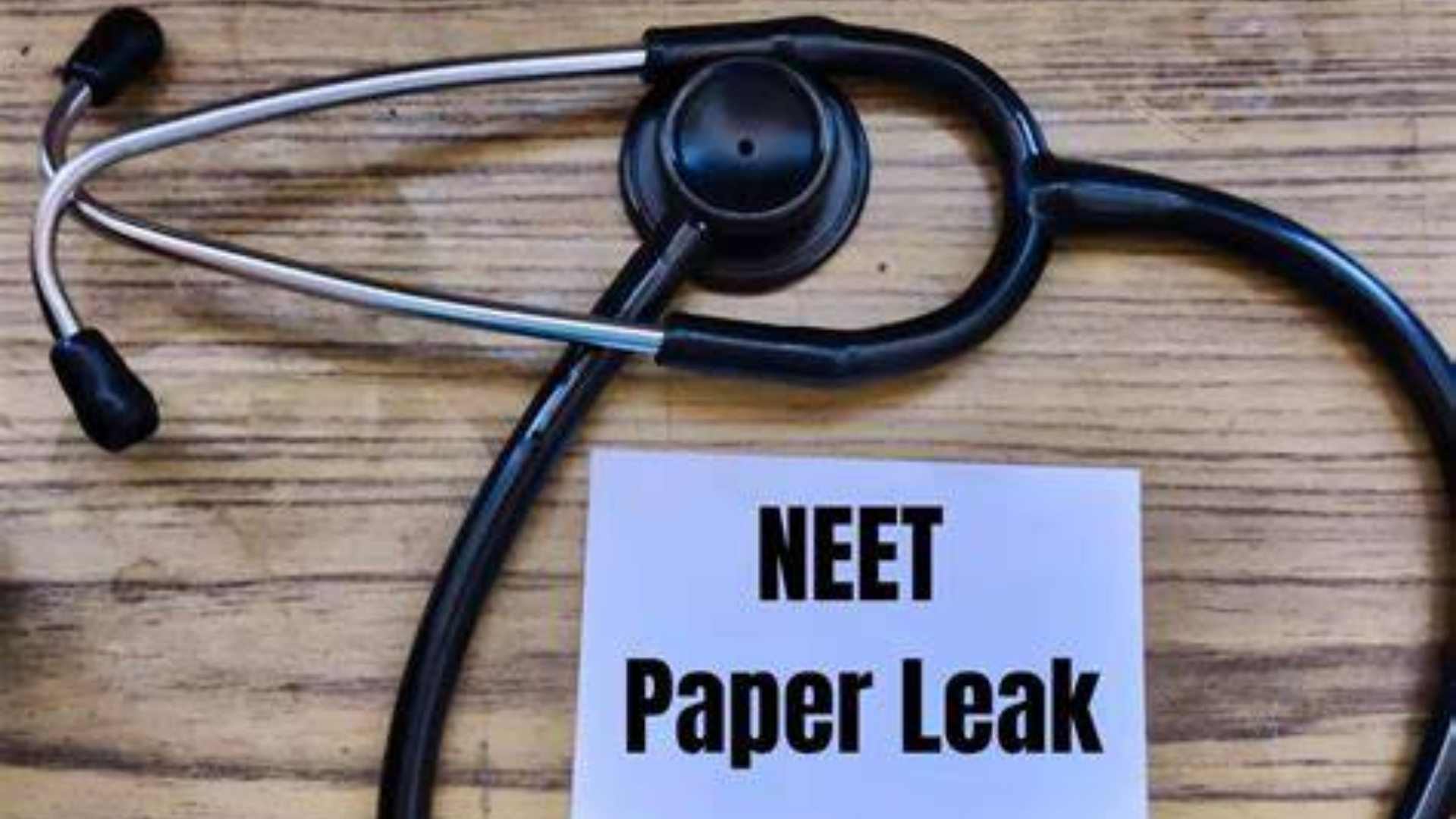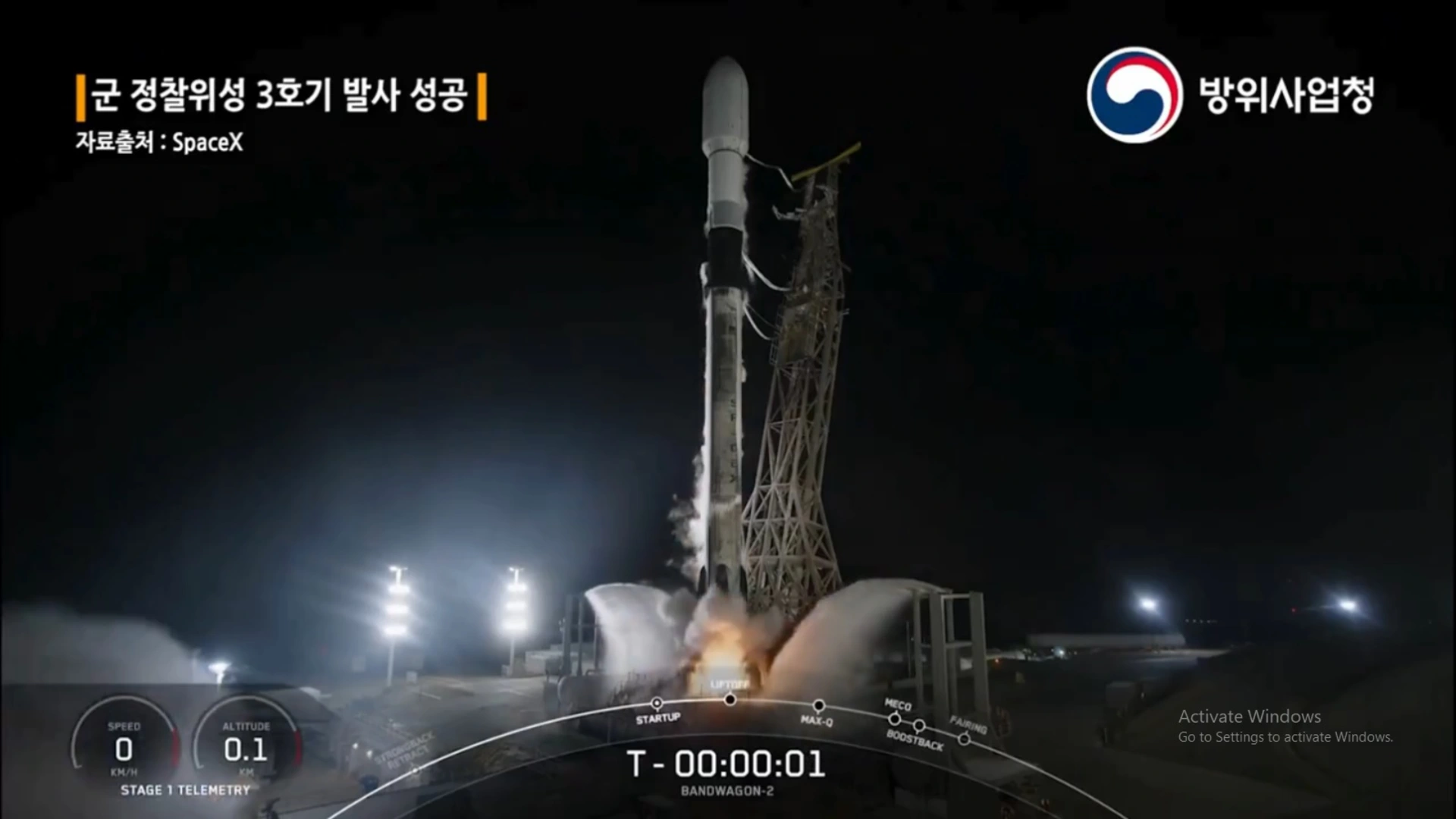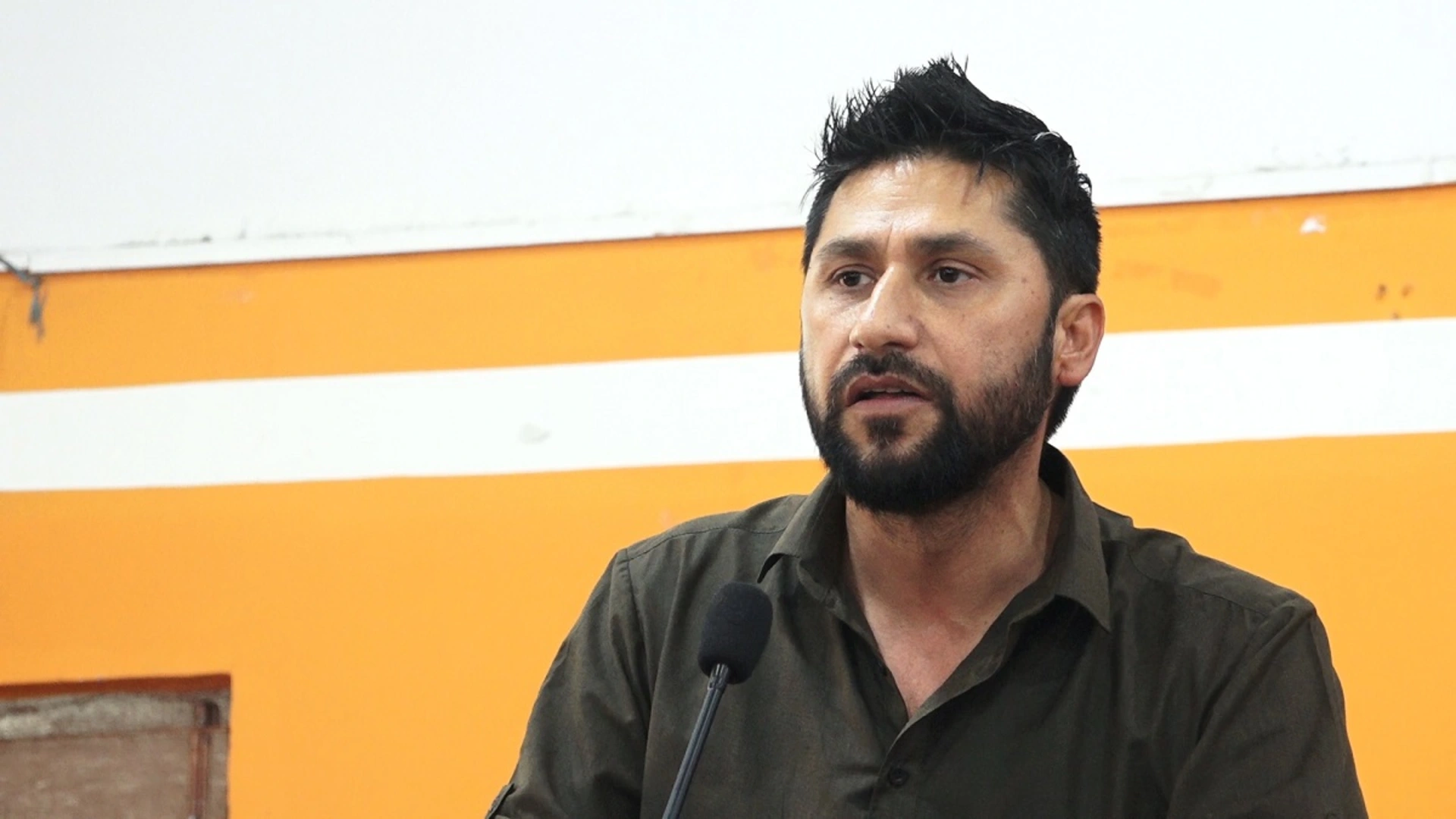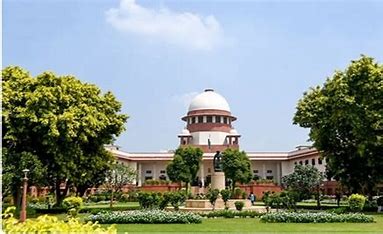The principal of the Hazaribagh school suspected to be involved in the NEET-UG paper leak told the sources that a digital lock on two boxes containing question papers did not open as scheduled at 1:15 pm on May 5. This led them to resort to using a cutter to open the boxes.
According to school officials, these boxes are equipped with both manual and digital locks. While the manual lock can be opened with a key or cutter, the digital lock is supposed to automatically unlock 45 minutes before the exam begins. However, at Oasis School in Hazaribagh, this mechanism failed.
When Ehsanul Haque, the school principal and district coordinator designated by the National Testing Agency (NTA), contacted the NTA for guidance, he was instructed to “cut the digital lock with the cutter.” Haque informed the superintendents and observers at five examination centers, including Oasis School, where the digital lock had malfunctioned.
Imtiyaz Alam, the center superintendent, and NTA’s observer Vishwa Ranjan confirmed this incident.
“Digital locks were used in previous NEET-UG exams, and typically there was an audible signal when they unlocked. This year, we were surprised when they didn’t open as expected. After contacting our city coordinator Ehsanul Haque, we were instructed by the NTA to cut the lock using a cutter,” explained Ranjan.
An NTA official clarified that if the digital lock fails to open automatically, the protocol is to break it open with a cutter, emphasizing that this does not imply tampering.
Haque detailed the procedural timeline: “I received an email at 1 am on May 5 about nine boxes containing question papers stored in two designated banks. By 7:30 am, five center superintendents and observers were handed nine cardboard boxes, each holding aluminum boxes with question papers.”
He described how these boxes were secured at each center’s strongroom and monitored by appointed officials throughout the day.
Alam added, “Unpacking began at 1:15 pm. Inside the aluminum box, protected by digital and manual locks, there was a seven-layered plastic envelope enclosing the question papers. This entire process was conducted under strict supervision.”
After the exams, OMR sheets were transported by a courier appointed by the NTA in separate aluminum boxes sealed with manual locks.
Regarding subsequent investigations, Alam mentioned that Bihar’s economic offenses unit visited on June 21 and identified discrepancies in the stickers and latches of the aluminum boxes, as well as signs that the seven-layered envelope had been tampered with. “They took the aluminum boxes containing the question papers for further examination,” Alam stated.
The National Testing Agency (NTA) is an independent organization created by the Government of India to administer admission and eligibility examinations for higher education institutions. The main goal is to provide equitable, transparent, and uniform testing procedures nationwide. Since its establishment, the NTA has been tasked with overseeing a range of important examinations, such as the NET and NEET (UG), CUET, GPAT, CMAT that have significant impacts on academic and professional sphere in India.







